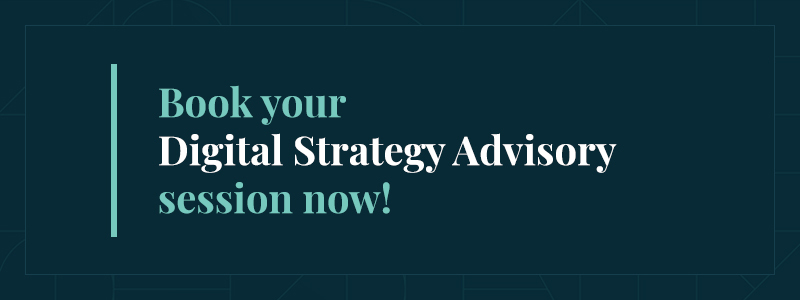If you are looking to build an online brand, here are our 7 essential tips to help you do it successfully.

Technology has changed the way people interact and as it continues to evolve, it is important for us to take our business online and build a strong online brand. While some may be tech savvy, most of us struggle to keep up with all the digital hype. You may think managing an online brand on top of your current responsibilities is “mission impossible”. However, by understanding where and how to start, building your personal online brand wont be as frustrating as you think. Here are seven essential tips to help you build your online brand successfully.
1. Understand Who Your Target Audience Is
Marketing is not a “one size fits all” strategy, so understanding your target audience is vital so you can match your business offering to the right customers. Besides understanding the demographic profile of your audience, it is also important to acknowledge their problems and desires. What drives them to your business? How does your product/service solve their problems? Delve deeper by researching what your target audience likes; their interest and hobbies. Doing this will help optimise their engagement and prolong your relationships with them.
2. Define Your Brand Values
If you want to build brand loyalty with your customers, you must have a clear understanding of what your brand values are. Customers resonate with brands better when they share the same values and opinions. In the long term, they will be loyal to your brand and will be happy to recommend your brand to other people. To do this online, you can start by making a mission statement that expresses your values and vision.
3. Align Your Brand Image With Your Brand Identity
Make sure the way your customers see you (brand image) is aligned with how you want to be identified (brand identity). Your brand’s image should reflect your brand’s personality. It is how your customers will recognise you. So making a good impression is key. Start by setting your tone of voice (i.e. friendly, professional, funny) and maintain it throughout all digital platforms.

The Digital Strategy Advisory Sessions provide you with the best in digital expertise from experts in the field.
4. Consider Having a Mobile-Optimised Website
A website is like your business card. It represents your business on a digital platform. Make it mobile optimised and responsive, and you won’t need to worry about your customers struggle to view your website on their smartphones. To fully optimise your customer’s experience on your website, be sure to include a homepage caption that conveys your brand essence, quality designs in your visuals, brand logo, trust signals and testimonials for credibility, a clear list of your products/ services, About Us page with photos of your team and external links to your social media channels.
5. Expand Your Online Brand Community via Social Media
Social media is the most effective way to interact and build relationships with your audience. Platforms such as Facebook, Instagram, Twitter and LinkedIn are some prime examples of what you can use to drive traffic to your website. While it may be tempting to interact with your audience on every social media website out there, this may turn against you. Every social media platform has its own set of users. No point targeting your audience on Instagram if they don’t use Instagram. Optimise your social media strategy by choosing and leveraging the appropriate social media platform. Direct your efforts towards the right people who would be interested in your business, and don’t spread yourself too thin. Also don’t forget the hashtags on your social media to boost your brand’s #digitalengagement rate.
6. Utilise SEO Keywords
Search Engine Optimisation (SEO) is a marketing strategy that helps optimise your website content visibility on search engines, ultimately driving qualified web traffic to your website. For you to become discoverable in search results, you would need to link the right and relevant keywords to your brand website. This will tell the search engines that you have the relevant content to offer the incoming query.
Also, create an interesting headline that would entice people to click through to the website. According to Copyblogger.com, 80% of readers would only read the headline and the remaining 20% would continue to read the rest of the website. Make sure you title your great website with something exciting and luring, to avoid losing potential leads!
7. Create Content and Maintain Consistency
Driving your audience to your website is one thing, retaining them is another. By creating valuable, relevant and consistent content on your website or social media channels for your defined audience, you can expect to see great results. However don’t be overwhelmed! Creating content doesn’t need to be publishing the newest and shiniest ideas. It can be as simple as educating and engaging your audience consistently throughout your digital channels. Over time, this content will build trust and credibility with your audience.
It takes time, it takes patience. Additionally, consider the latest content marketing trends that will give your online brand an extra boost! In 2018, video has blown up, and you no longer need a professional camera; a smartphone and a social media platform like Facebook or Youtube is sufficient! Engage your audience through diverse content means and don’t forget, consistency is key.
Hope you found this guide helpful. Join our Netstripes community on Facebook, Instagram and LinkedIn and stay up to date with the newest marketing trends, tips and events.

Your first step to building a world-class website starts here.
A trusted brand is priceless for any business. We will help you build a compelling website that is respected in your industry and stands apart from your competition.



